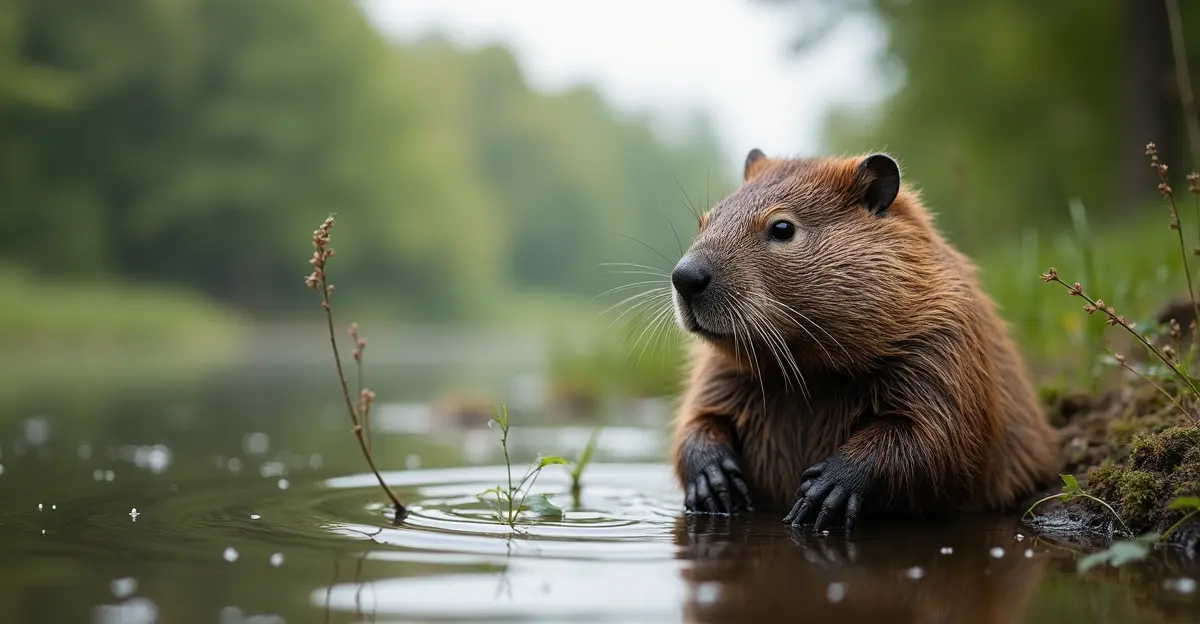
The Return of Nature's Engineers
Across North America and Europe, beavers are making a remarkable comeback after centuries of near-extinction from overhunting. These industrious rodents, once prized for their fur, are now being recognized as ecosystem engineers capable of transforming landscapes and creating rich wetland habitats.
Natural Water Management
Beavers construct elaborate dam systems that slow water flow, creating ponds and wetlands that serve multiple ecological functions. These engineered landscapes help prevent flooding by storing excess water during heavy rainfall and gradually releasing it during dry periods. The dams also filter pollutants and sediment from water, improving overall water quality.
Biodiversity Hotspots
Beaver-created wetlands become biodiversity hotspots, supporting a wide range of species including fish, amphibians, birds, and insects. The standing dead trees created by flooding provide nesting sites for woodpeckers and other cavity-nesting birds, while the ponds offer ideal habitat for frogs, salamanders, and aquatic insects.
Farmer Conflicts and Solutions
While beavers provide numerous environmental benefits, they can sometimes conflict with agricultural interests. Beaver dams may flood farmland, and the animals sometimes damage trees valuable to farmers. However, innovative solutions are emerging to mitigate these conflicts.
Flow devices that allow water to pass through dams without destroying them, tree protection measures, and strategic relocation programs are helping farmers and beavers coexist. Many conservation organizations now work directly with landowners to implement these solutions.
Climate Change Resilience
Beaver wetlands play a crucial role in climate change adaptation. They store carbon in wetland soils, help mitigate drought by maintaining water tables, and create firebreaks in fire-prone landscapes. As climate patterns become more extreme, beaver-engineered landscapes offer natural resilience.
Rewilding Success Stories
From Scotland to California, successful beaver reintroduction programs demonstrate how these animals can rapidly transform degraded landscapes. In many areas, beavers have restored wetland ecosystems that had been lost for centuries, bringing back native species and improving water security.
The beaver's return represents a shift in conservation thinking—from seeing wildlife as problems to be managed to recognizing them as partners in creating resilient, functioning ecosystems.

 Nederlands
Nederlands English
English Français
Français Deutsch
Deutsch Español
Español Português
Português


